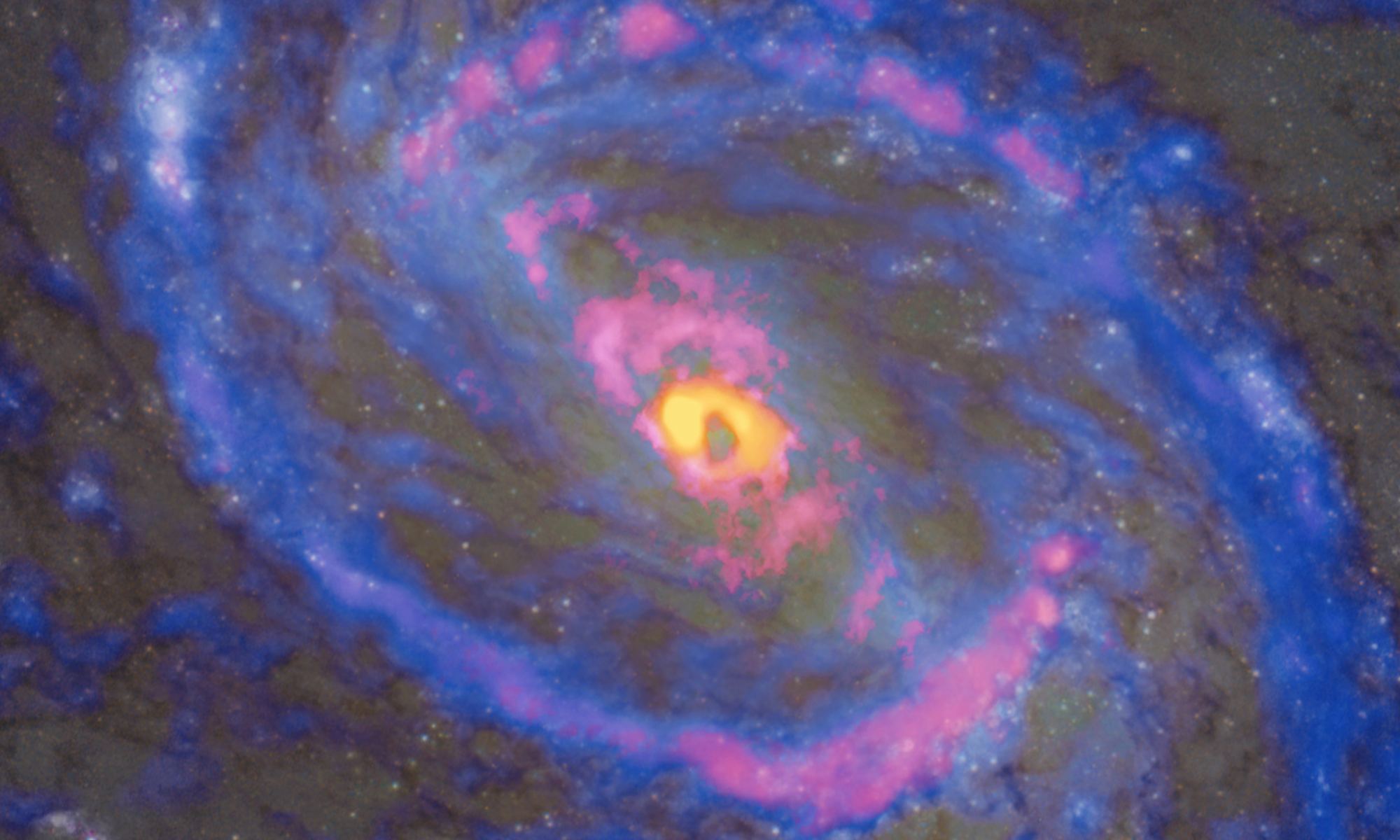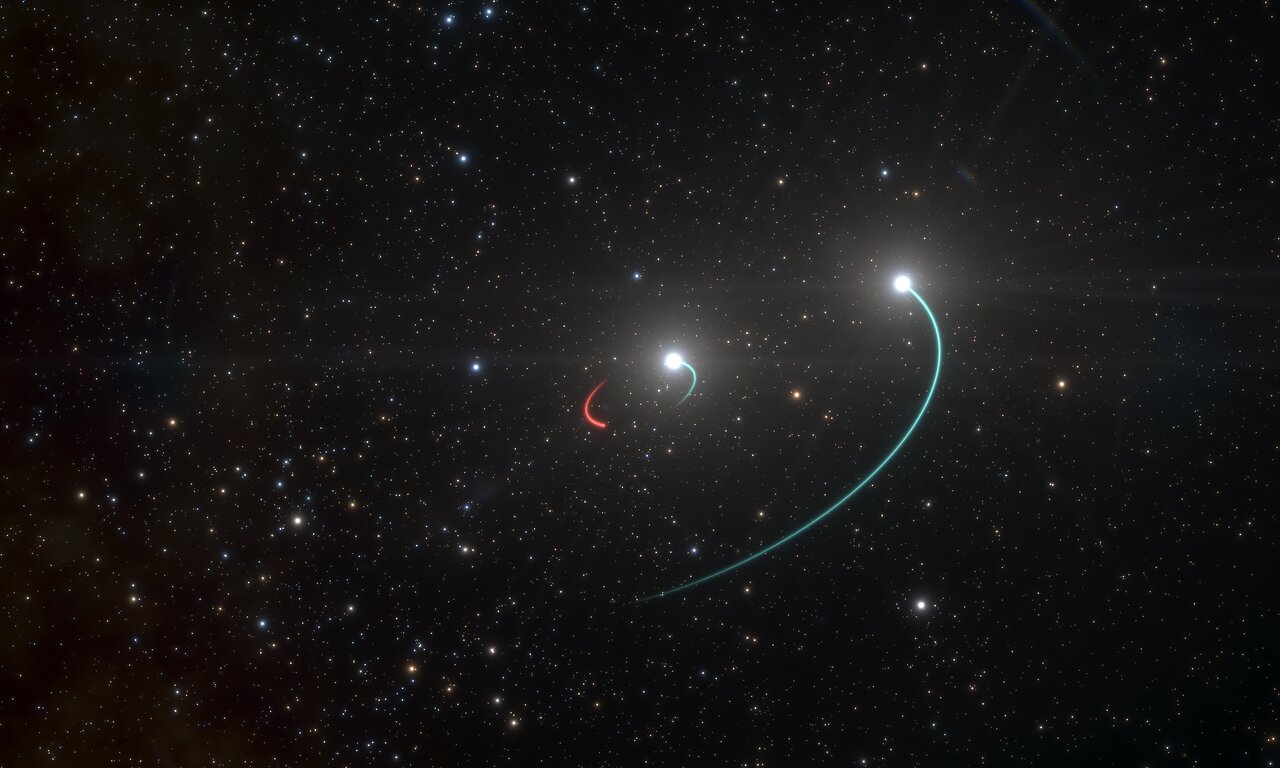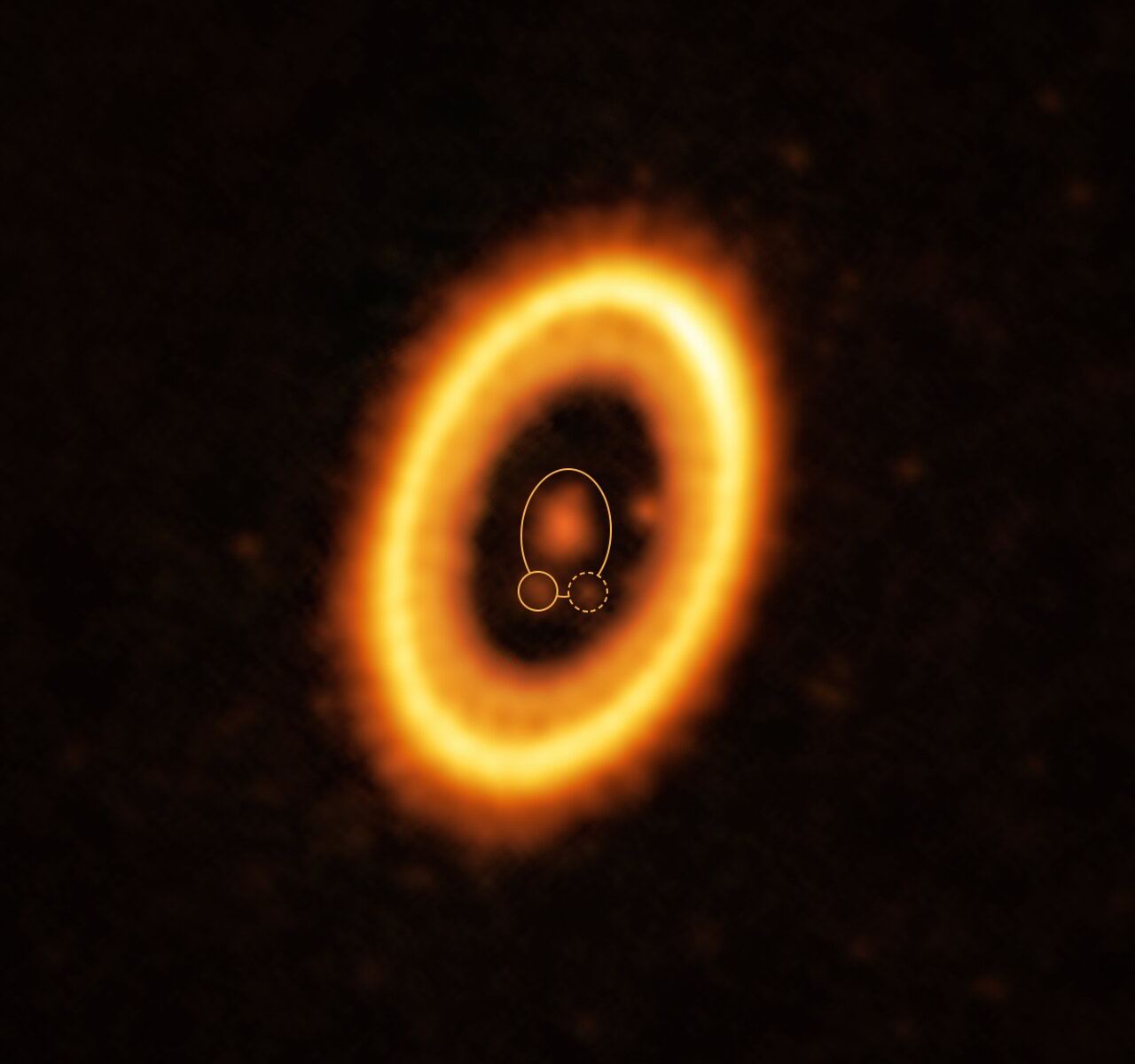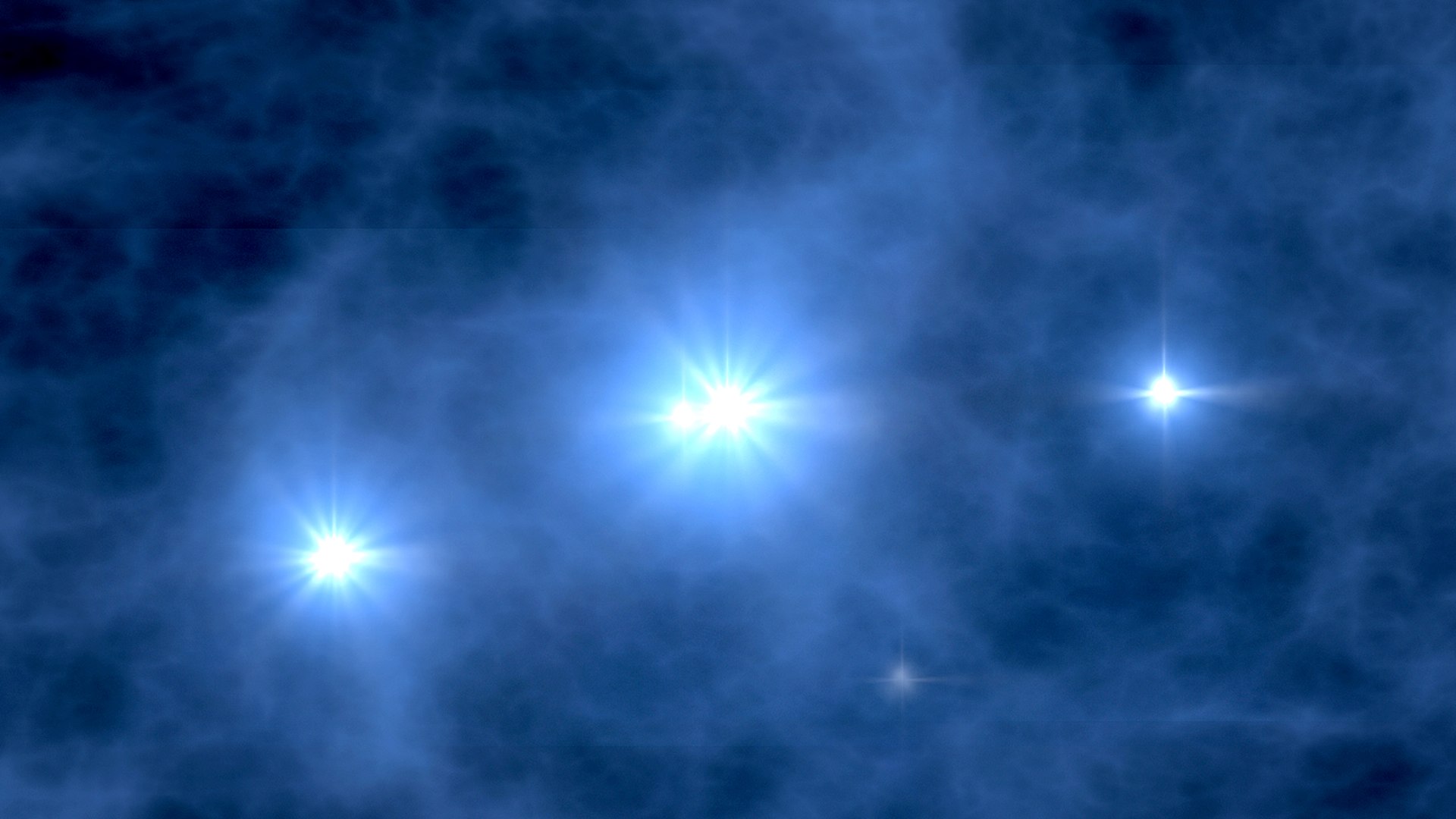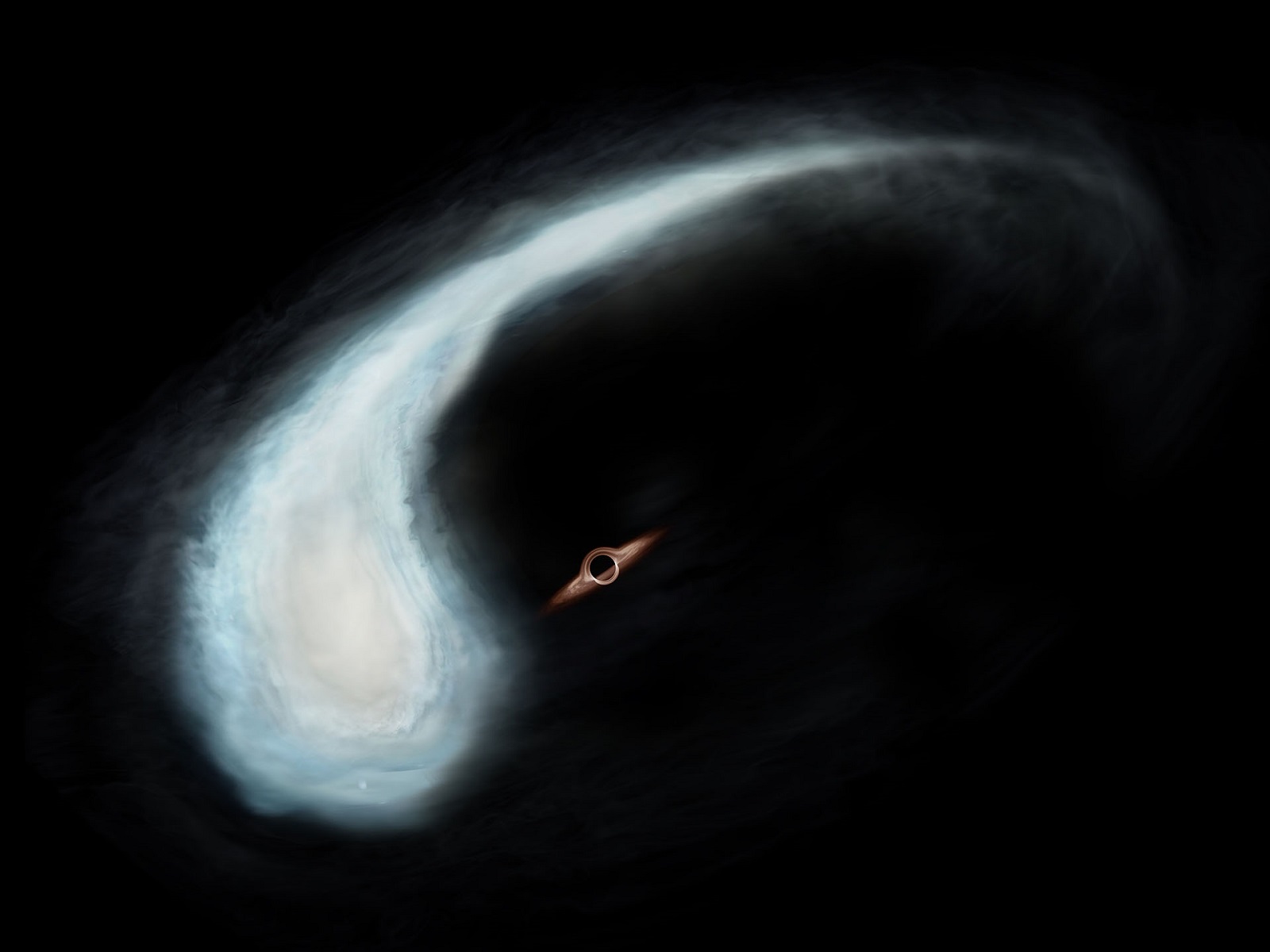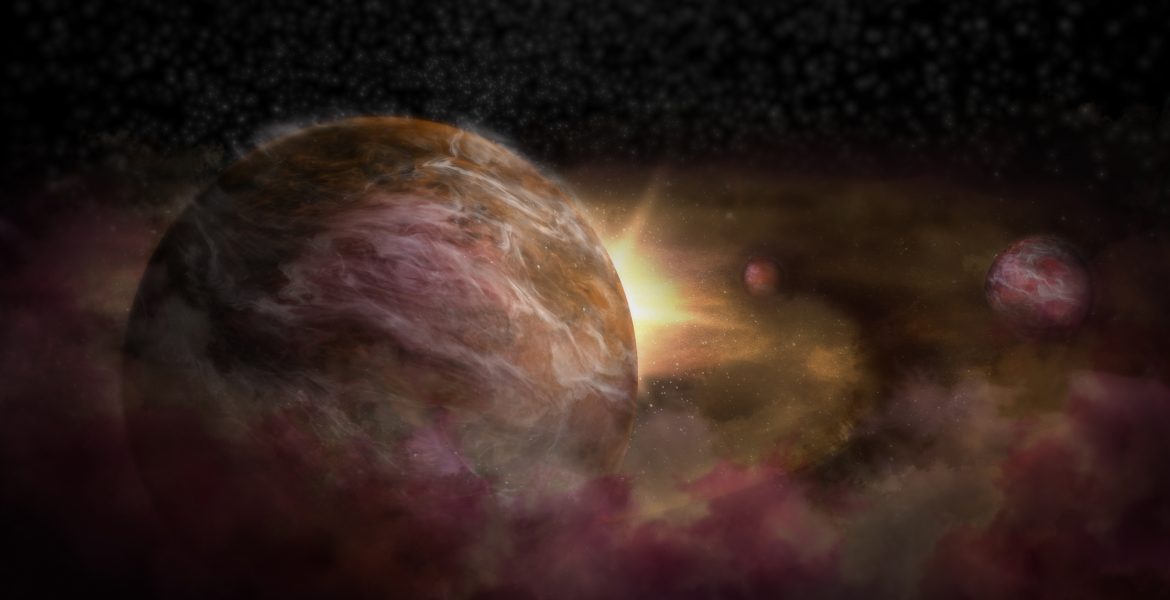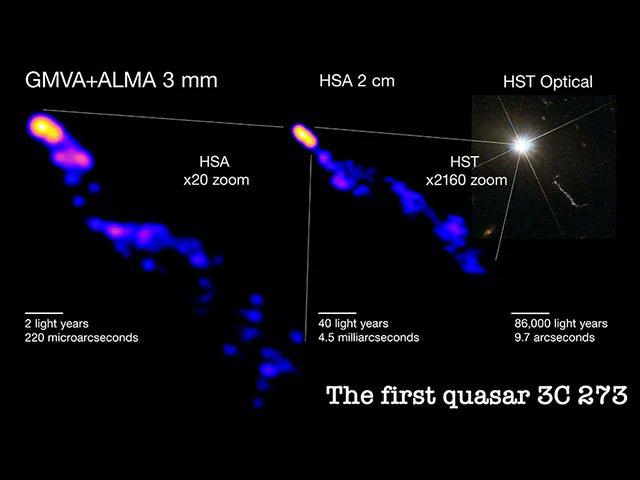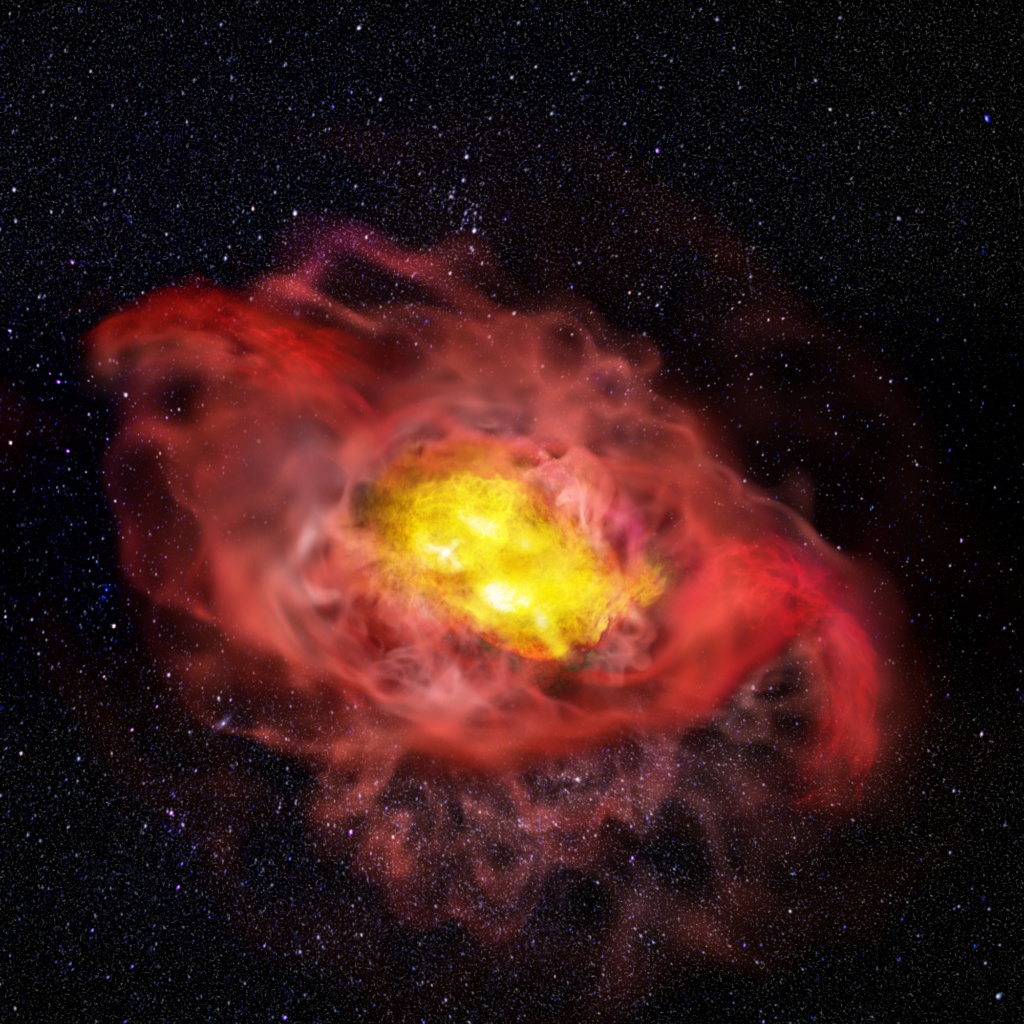Astronomy has entered the era of big data, where astronomers find themselves inundated with information thanks to cutting-edge instruments and data-sharing techniques. Facilities like the Vera Rubin Observatory (VRO) are collecting about 20 terabytes (TB) of data on a daily basis. Others, like the Thirty-Meter Telescope (TMT), are expected to gather up to 90 TB once operational. As a result, astronomers are dealing with 100 to 200 Petabytes of data every year, and astronomy is expected to reach the “exabyte era” before long.
In response, observatories have been crowdsourcing solutions and making their data open-access so citizen scientists can assist with the time-consuming analysis process. In addition, astronomers have been increasingly turning to machine learning algorithms to help them identify objects of interest (OI) in the Universe. In a recent study, a team led by the University of Georgia revealed how artificial intelligence could distinguish between false positives and exoplanet candidates simultaneously, making the job of exoplanet hunters that much easier.
Continue reading “Machine Learning is a Powerful Tool When Searching for Exoplanets”

